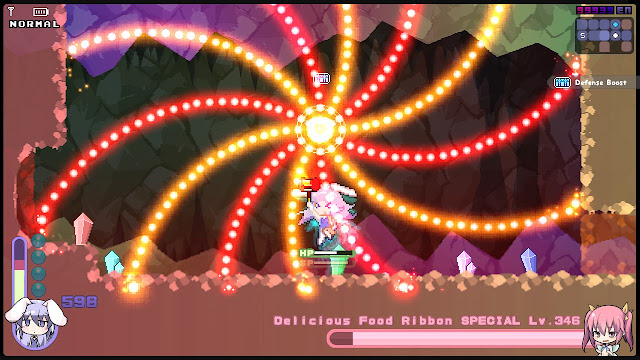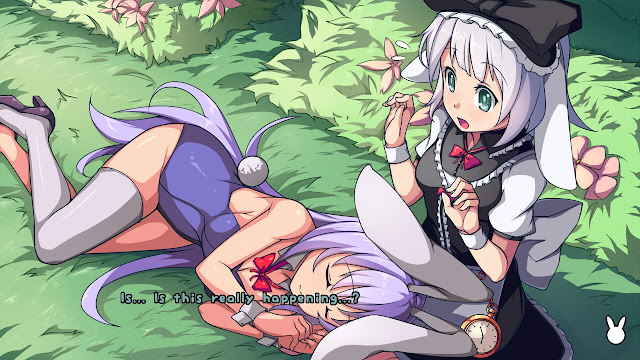Anime Editor
Latest Articles
Xuan-Yuan Sword: The Gate of Firmament is actually an older title, being an Xbox One and…
It’s that time of year again! We’re counting down the days to Christmas with our own…
Welcome to Digitally Downloaded’s weekly catch-up news feature, the catch-up coffee. I will bring you the…
It’s that time of year again! We’re counting down the days to Christmas with our own…
Apologies that this is a day late… for some reason the “publish” button decided not to…












